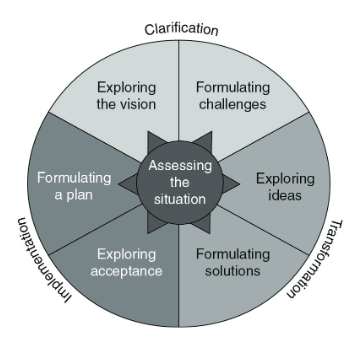
Slowing down to better tackle a region’s challenges: Lessons from Co-Intelligence Wallonia
How a regional adminisatration harnessed citizens insights to design a development plan, and why it failed
story
Read this if you
This is a tale of positive change that happened because people were willing to see things differently. Leaders of state and local agencies that served “troubled” youth were able to envision how things could be done differently.
Organizers and staff found the will to collectively become more creative and invest the time, energy, and resources to make it happen. Community members, including young people, were able to trust one another and explore new ways to solve difficult problems by working together, guided by a deliberate, creative process.
When early indicators pointed to success, other key stakeholders got involved and invested in the collective effort. As a result, a statewide shift occurred that impacted the way in which policy was formulated, how funding was allocated, how interagency planning was conducted and how service providers were trained and certified.
The purpose of this case study is to identify the advantages and disadvantages of the creative problem-solving process.

Inspiration, key principles, practical do’s and don’ts
In open acess thanks to the Porticus Foundation
Quick facts

Methods
Policy making steps
Contributors
Related resources

How a regional adminisatration harnessed citizens insights to design a development plan, and why it failed

A 3 staged participatory budgeting model to get practical ideas from students

A new way for governments to reduce polarization and uncover how citizens change their mind on important policy issues
For policy makers, researchers, activists and practitioners of collective intelligence

Every 2 weeks, you’ll get: